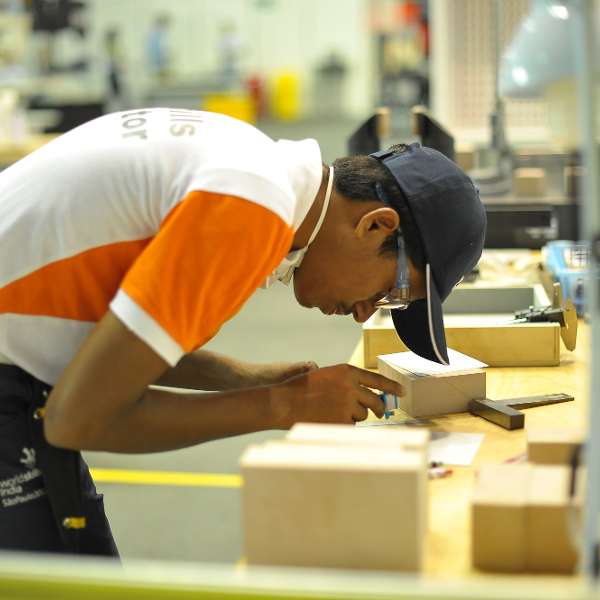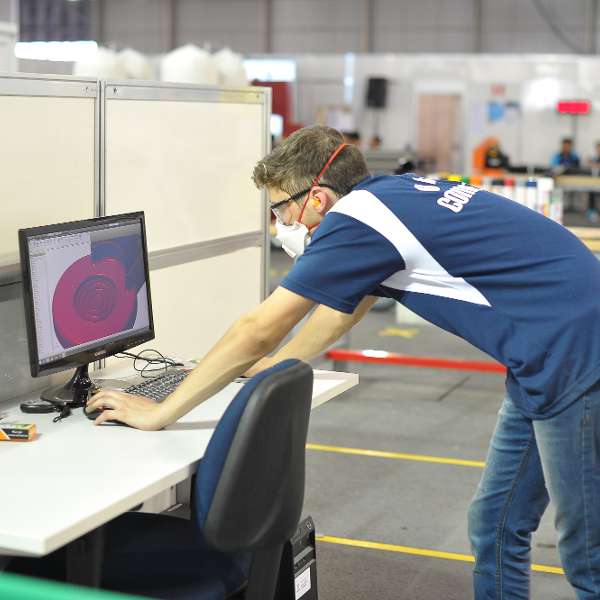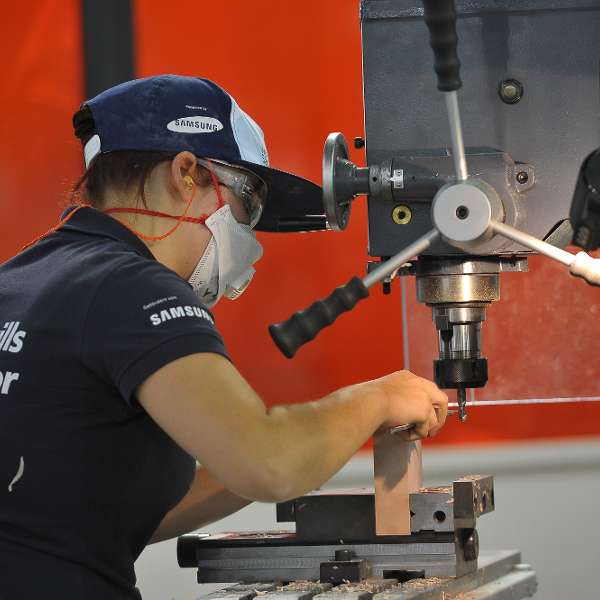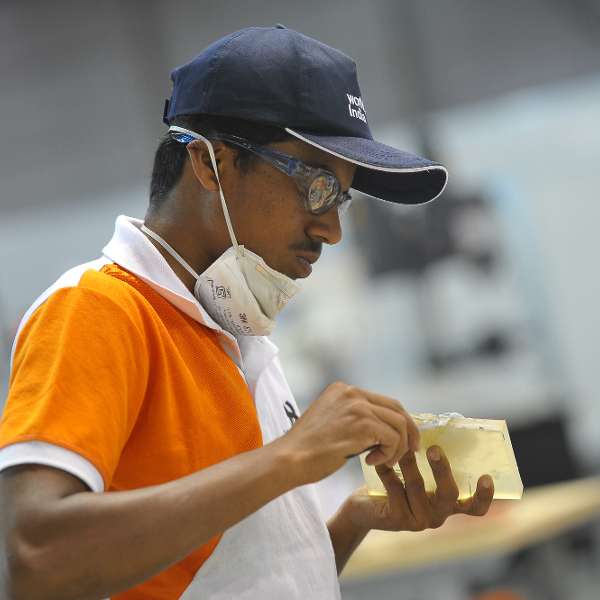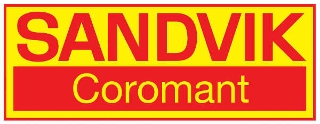Language
Skills are always changing
For the latest information about this skill visit Prototype Modelling on worldskills.org.
Prototype Modelling
Creating prototypes that allow engineers and designers to test, assess, and modify during the process of product development.
Why is this skill important?
In many fields, there is uncertainty as to whether a new design will actually do what is desired; there can be unexpected problems. A prototype is often used as part of the product design process to give engineers and designers the ability to explore design alternatives, test theories and confirm performance prior to starting production. The prototype modelling practitioner is involved with the design, creation, testing, and modification of prototypes. Practioners in this field manufacture models with many different exciting materials.
Prototype modelling practitioners use their knowledge, skills and experience to tailor the prototype according to the specific unknowns present in the intended design. In general, a series of prototypes will be designed, constructed and tested progressively to refine the design based on analysis of the prototype.
Prototyping specialists are individuals with excellent interpersonal and communication skills which will provide clients with confidence that the specialist advice and guidance resulting from prototyping fully supports their production plans. The prototyping engineer possesses a range of skills related to 3D CAD systems, CAM systems such as milling, printing and other CAM machining, vacuum casting, prototype model making by hand tools and machines, and spray painting and finishing.
Could this skill be for you?
If you like:
- Fixing things
- Making things
- Complex problems
- Using tools
- Being creative
You should also take a look at:
The Challenge
Important elements of the challenge include:
-
Competitors will create a prototype model based on three dimensional computer aided design data and two dimensional drawings using handtools and machines.
-
Competitors will prepare and give the dimensions on a 2D drawing based on the three dimensional computer aided design data.
-
An ability to work with different materials in essential to this Skill.
-
The finished prototype should be painted and decorated to a high standard.
Skill sponsors
Results
| Medal | Result | Competitor | Country/region |
|---|---|---|---|
| Gold | 749 | Fengjie Huang | China |
| Silver | 720 | HYUNWOOK JEONG | Korea |
| Bronze | 718 | Kiran Kiran | India |
| Silver | 722 | Rizki Dwi Afrianto | Indonesia |
| Medallion for Excellence | 711 | Benedito Vitor | Brazil |
| Medallion for Excellence | 700 | Manuel Bieri | Switzerland |
| 698 | Fedor Zavialik | Russia | |
| 684 | Masato Takaki | Japan | |
| 660 | Jintawat Sriliw | Thailand | |
| 624 | YA-HAN CHANG | Chinese Taipei | |
| 483 | Marcel Swierczok | Germany | |
How to compete
To reach the level of skills required to compete in a WorldSkills Competition takes several years of training and dedication. But the best time to start is now.
Find out more about how to take part in a WorldSkills Competition.

